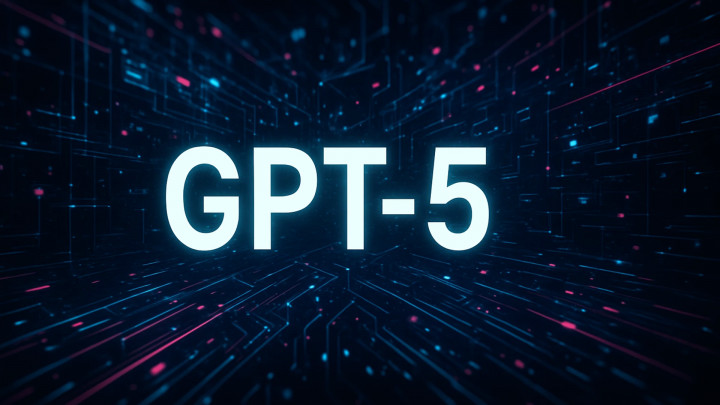Google Gemini: Understanding Google's Powerful Multimodal AI
Gemini represents Google's most advanced and flexible family of AI models to date, designed to operate efficiently across diverse platforms, from large data centers to mobile devices. Built from the ground up to be multimodal, Gemini can seamlessly understand, operate across, and combine different types of information including text, code, audio, images, and video, significantly enhancing how developers and enterprise customers can integrate and scale AI applications.

Upon its announcement, the flagship model, Gemini Ultra, demonstrated state-of-the-art performance across numerous academic benchmarks. Notably, its reported score of 90.0% on the MMLU (Massive Multitask Language Understanding) benchmark made it one of the first models claimed to surpass human expert performance on this specific test.
MMLU is a comprehensive benchmark used to evaluate the knowledge and problem-solving abilities of AI models across 57 diverse subjects like math, physics, history, law, medicine, and ethics. Achieving a high score signifies a model's broad general understanding and reasoning capabilities, crucial for tackling complex real-world linguistic challenges.
The Gemini family was introduced with three distinct sizes, optimized for different use cases:
- Gemini Ultra: The largest and most capable model, designed for highly complex tasks requiring deep reasoning and creativity. Primarily accessed via the Gemini Advanced subscription service.
- Gemini Pro: A versatile model offering a strong balance of performance and scalability, suitable for a wide range of tasks. Powers the standard Gemini chatbot experience and is available via API for developers.
- Gemini Nano: The most efficient model, optimized for running directly on end-user devices like smartphones (e.g., powering features on Google Pixel phones and Gboard), enabling on-device AI capabilities even offline.
All Gemini models are based on a decoder-only transformer architecture, similar to other leading LLMs, leveraging Google's deep expertise in this area. They were announced with a context window of 32,768 tokens, allowing them to process substantial amounts of information at once. A key differentiator is their native multimodality, meaning they were pre-trained from the start on various data types, enabling a more sophisticated, integrated understanding compared to models where modalities might be added later.
The first version of Gemini showcased advanced capabilities in understanding and generating high-quality code in popular programming languages. Gemini Ultra excelled on several coding benchmarks. Furthermore, AlphaCode 2, a specialized system powered by Gemini, demonstrated remarkable performance in competitive programming, capable of solving complex problems that go beyond standard coding tasks.
Gemini 1.0 was trained at scale on Google's AI-optimized infrastructure using its proprietary Tensor Processing Units (TPUs). TPUs are custom-designed hardware accelerators specifically built for machine learning workloads, providing significant efficiency advantages for both training large models like Gemini and running them for inference (generating responses).
The launch of Google Gemini 1.0 intensified the competitive landscape, particularly challenging Microsoft's position heavily invested in OpenAI's GPT models. While Gemini offered distinct features like native multimodality and varied model sizes, its initial rollout faced challenges, including scrutiny over demonstration videos and reported issues with chat functionalities or safety guardrails in certain languages or contexts (like image generation later on), which may have affected early adoption or perception.
The market for generative AI tools within production environments is still evolving, leaving room for competition. Microsoft holds a significant advantage through its established developer ecosystem, integrating AI deeply via GitHub Copilot within Visual Studio Code and leveraging its Azure cloud platform. Google lacks a similarly dominant developer platform or IDE, meaning that even if Gemini proves superior in certain coding assistance tasks, Microsoft's integrated approach might offer a more seamless workflow for many developers, presenting a key challenge for Google's market penetration efforts.
Source:
- https://deepmind.google
- https://arxiv.org/pdf/2009.03300





